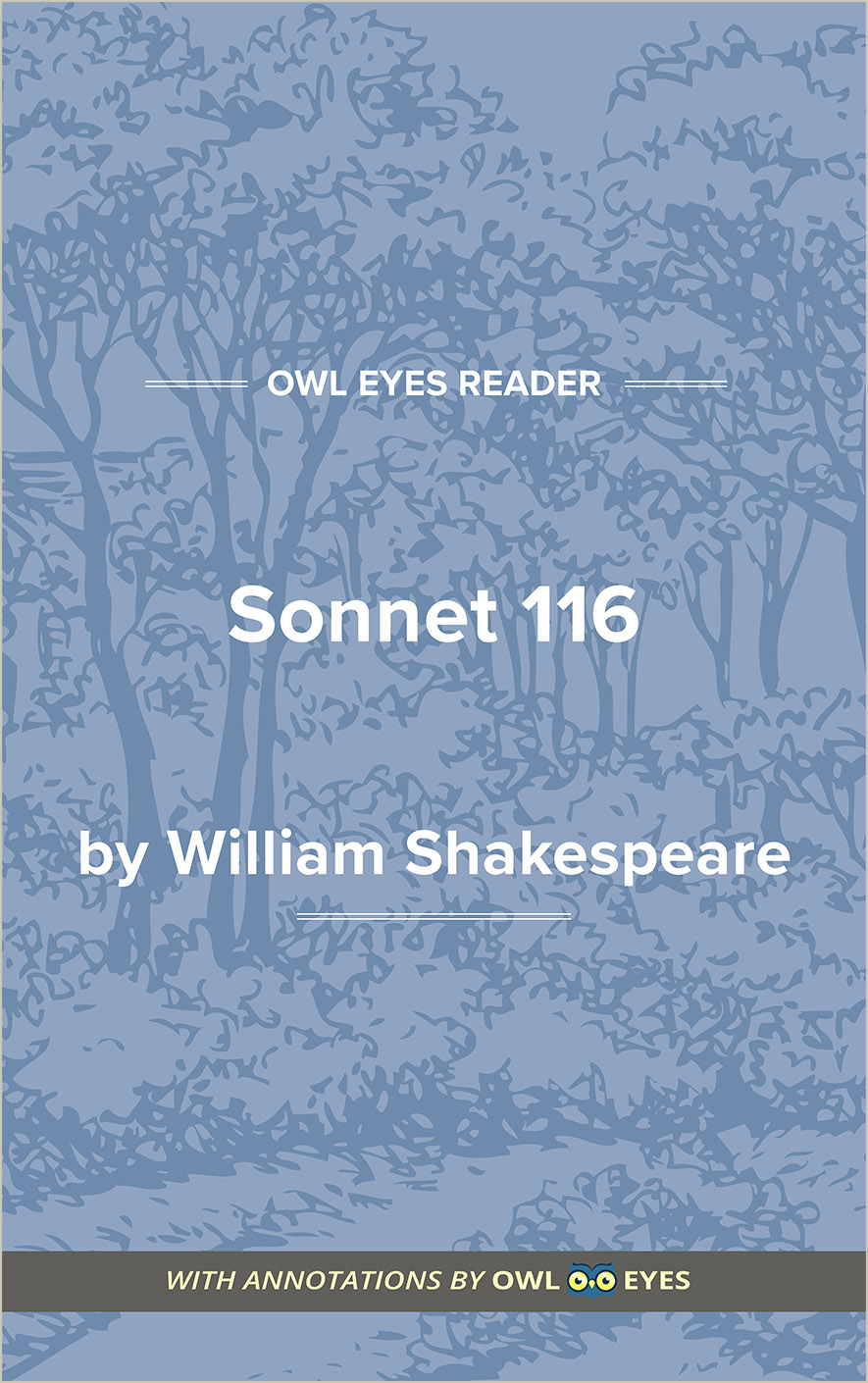Analysis Pages
Themes in Sonnet 116
Themes Examples in Sonnet 116:
Sonnet 116
🔒"edge of doom...." See in text (Sonnet 116)
"Love is not love..." See in text (Sonnet 116)
"true minds..." See in text (Sonnet 116)
"fixed mark..." See in text (Sonnet 116)

